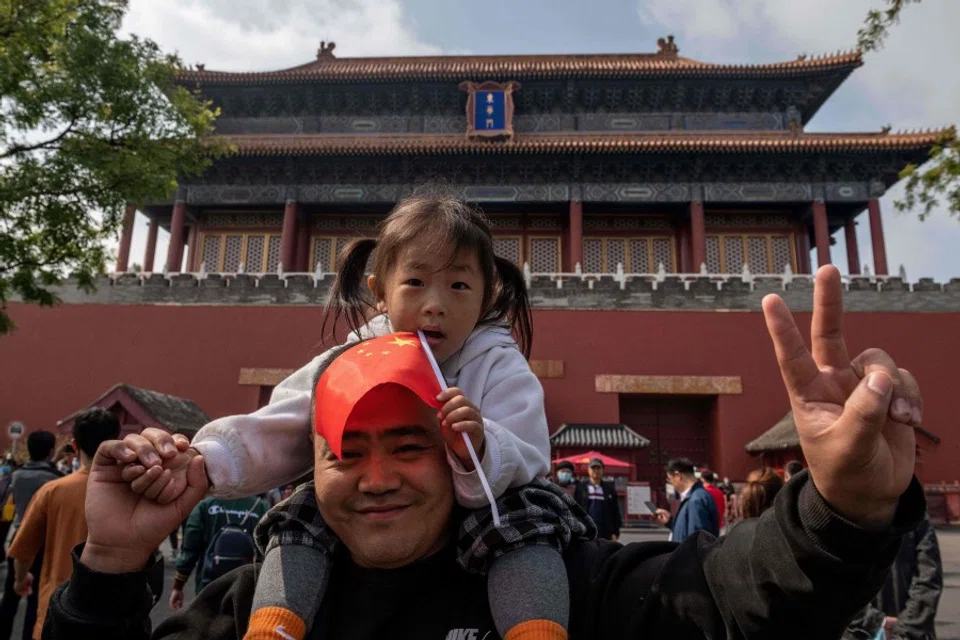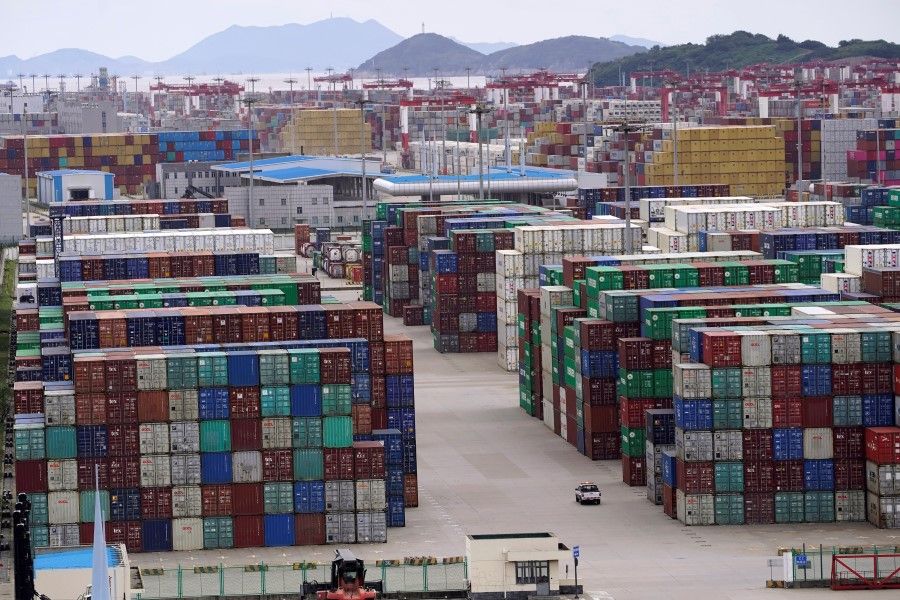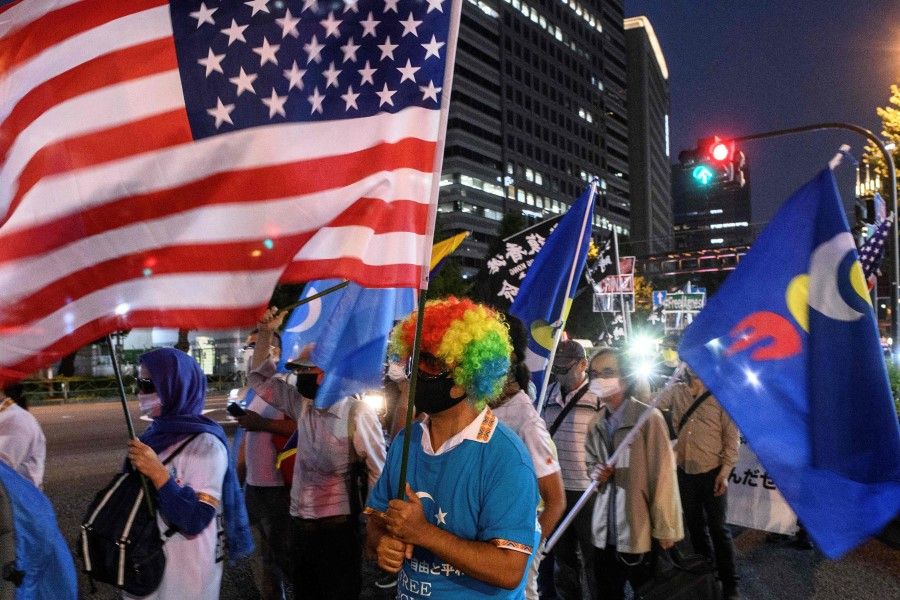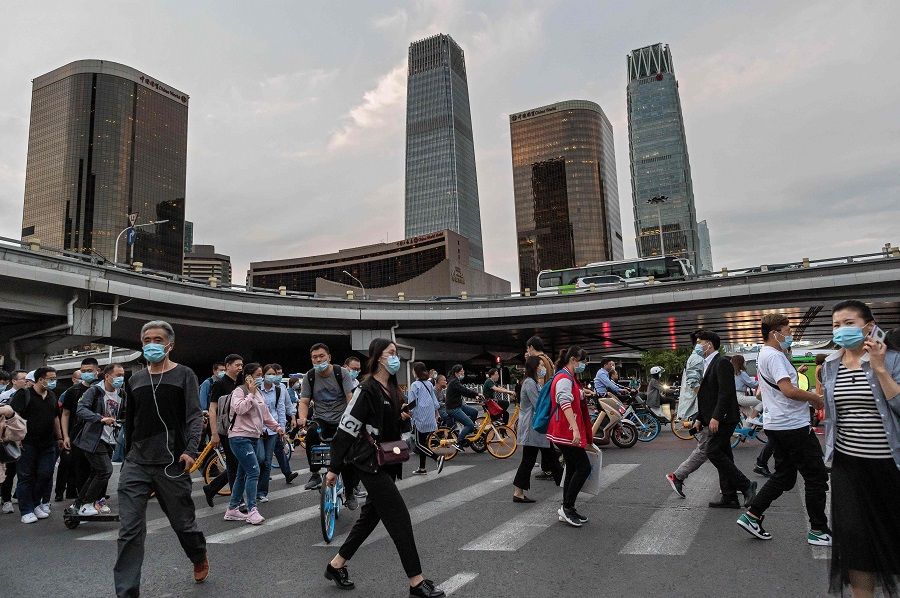RCEP: The start of a new 'China-centric' order?

After eight years of negotiations, China, Japan, Korea, Australia, New Zealand, and the ten ASEAN countries finally signed the Regional Comprehensive Economic Partnership (RCEP) on 15 November.
The RCEP spans two continents in the northern and southern hemispheres, includes 30% of the global population, and covers nearly 30% of the world's GDP at a combined value of US$26 trillion. This makes it currently the largest free trade agreement in the world and a repudiation of the rising wave of anti-globalisation.
It is particularly noteworthy that China, Japan, and Korea are the largest, second, and fourth largest economies in Asia, and the signing of this agreement symbolises an economic alliance between them. Prior to this, since 2012, they had engaged in negotiations on a trilateral free trade agreement, which saw little progress. Now that there is a formal economic alliance between them, it heralds a new Asian era.
Before this, China had already covered many European and Asian economies with the Belt and Road Initiative (BRI); now, it has built a global free trade zone across two continents to the north and south spanning both hemispheres...
There has been much interest in China's role in the signing of the RCEP. The US is not part of either the Trans-Pacific Partnership (TPP) (which became the Comprehensive and Progressive Agreement for Trans-Pacific Partnership (CPTPP)) or RCEP given its Trump-led isolationism. In contrast, amid the international wave of anti-globalisation, China is pushing strongly to form and expand multilateral economic groupings, showing its regard for the international order, which is based on multilateralism.

More than just economic interests at stake
Of course, to external parties, the RCEP is also the start of a new China-centric order. Before this, China had already covered many European and Asian economies with the Belt and Road Initiative (BRI); now, it has built a global free trade zone across two continents to the north and south spanning both hemispheres, which shows to some extent China's geopolitical ambitions.
The fact is, building these economic groupings has a lot to do with China-US relations.
With growing competition between China and the US, both countries are in a standoff in Asia, especially in the areas around China's periphery. As it stands, such a situation might lead to a stalemate. If China is to avoid standing up alone to the US and its allies, the only way is to break the US's suppression and containment of China through economic links and trade exchanges.

Now, one recognised fact is that the Democrats and Republicans in the US have a common consensus to contain China, which started from the time of the Obama administration and became increasingly obvious under Trump. From taking the lead in the freedom of navigation in the South China Sea, providing policy and military support for Taiwan, to pulling out military troops from Europe and other regions while deploying these to East Asia, the US has clearly revealed its strategic inclinations.
... the US wants to contain China's rise, while China wants to weaken the US's dominant position in the East Asia region.
Furthermore, while Trump has been criticised for abandoning traditional US allies, we also have to see that the US is actively building up allies in the Indo-Pacific region, including through the Quad comprising the US, Japan, Australia, and India (also seen as the Asian NATO), and it is also trying to bring in Southeast Asian countries to oppose China. The reforging of such alliances is in fact a countermove against China's weakening of US alliances in the economics and trade arena, and an attempt to rebuild alliances in new ways, in order to better control and manipulate its allies to contain China.
This approach will likely remain unchanged even as the US transits into a Biden era. Perhaps there might be some differences in policy and strategy, but the fundamental direction will be the same - the approach will not change just because the president changes.

Thus, a situation where China and the US are mutually containing each other has formed in this region: the US wants to contain China's rise, while China wants to weaken the US's dominant position in the East Asia region. Hence, as the US deploys a growing number of military troops to the East Asia or Western Pacific regions, China and the US may face unavoidable military confrontations. Eventually, a conflict - or even war - could be triggered somewhere as a result of known unknown factors, such as tense relations between both sides of the Taiwan Strait.
...both China and the US are actively building their own "Asian order" and "Asian era" with Asia at its centre, especially in East and South Asia.
East Asia will be theatre of US-China arm wrestles
As the US loses its dominance as a unipolar global power and China becomes the new force in constructing a new global order, the East Asia region has become the starting point of China's and the US's mutual containment strategy, and where they could be stuck in a stalemate.
From this perspective, both China and the US are actively building their own "Asian order" and "Asian era" with Asia at its centre, especially in East and South Asia.
To Beijing, under the current circumstances, economic power is still the best weapon for solidifying its relations with other countries. Especially when China's foreign dependence is still considerably high, and it is facing a surge in deglobalisation movements and adjustments in global value and supply chains, it is crucial that it strengthens its economic and trade exchanges with other countries and regions.
Only by developing its economy, continuously growing its economic scale, and expanding its market size and consumption level, can China form tight relations with other economies, avoid the possibility of isolation within the global system, and even force American rulers to adopt appropriate ways to work with it.

In terms of its relations with its neighbours, in particular, China must avoid any military, political, or ideological conflicts. This will help prevent China from getting fenced in by the US's Asian allies, and ensure that China's neighbours will not choose to side with the US on key issues, and completely isolate China as a result.
In fact, just as the US is the world's top superpower but is still powerless against countries that advocate globalisation, it is also impossible for China to fight against an alliance of other countries on its own.
Thus, economic development is still a must for China. Only by developing its economy, continuously growing its economic scale, and expanding its market size and consumption level, can China form tight relations with other economies, avoid the possibility of isolation within the global system, and even force American rulers to adopt appropriate ways to work with it. The signing of the RCEP is clearly an important signal that China will continue with this route, and is also an important foundation upon which China will build its influence.
